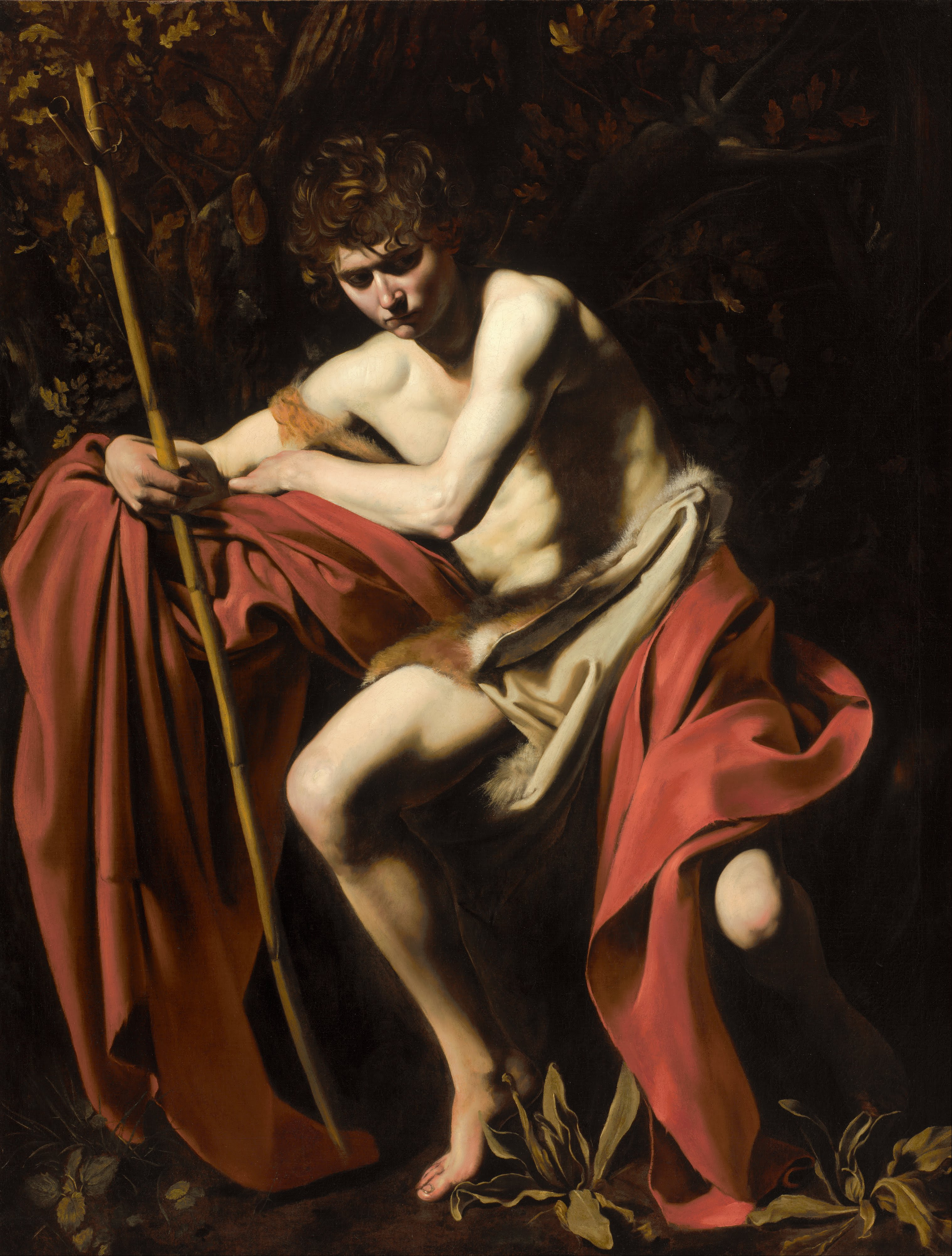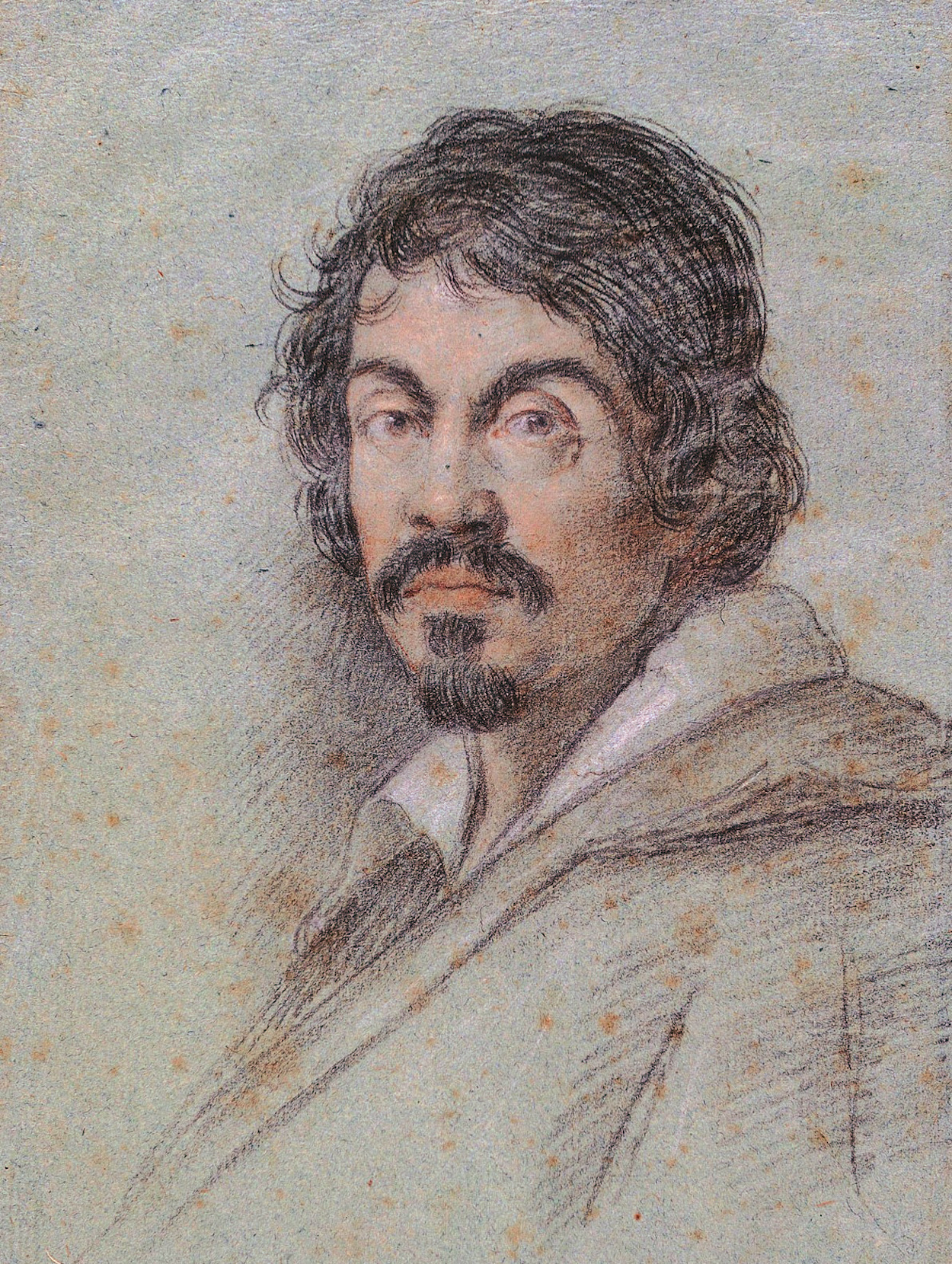Caravaggio upended the art world with his dramatic departure from early Baroque painting style and content. The artist worked in the time of the Counter-Reformation when the Catholic Church was looking to reclaim members who had espoused the new Protestant religions. Caravaggio’s innovations produced rock-star paintings that people wanted to see. Many of his patrons were Cardinals and other power elite in Rome. They appreciated and supported his storytelling abilities and encouraged him to go farther with his innovations.
Saint John the Baptist in the WIlderness is a highlight of the artist’s output. Caravaggio’s style broke from other artists and influenced generations of artists to come. Look at that brooding teenage saint, painted with aching realism. He does not look like a scrubbed and ethereal concoction with a halo; he looks like you and me. Caravaggio’s dramatic use of light is his hallmark; the eyes are so deeply shadowed that we cannot easily tell where his gaze falls. The glorious red cape envelops him and he holds a wooden staff—but wait, it is not just a staff but if you look closely you can see the small piece of wood that thrusts into and out of the painting, making the staff into a Cross (a common attribute of the Saint, though deemphasized by the artist). Look at the three-dimensional knee also thrusting out at us, which was an innovation at the time. The figure is so far forward that were he to stand he would have to step out of the painting! Caravaggio emphasizes the humanity of the saint and his call to holiness; this John the Baptist is reflective and flawed. If this is a saint, then maybe we all have the capacity within us. Holiness truly is within everyone’s grasp.
You can see this magnificent painting (on loan from the Nelson-Atkins Museum of Art in Kansas City, Missouri, USA) along with about 20 other Caravaggio masterpieces from around the world as part of the Inside Caravaggio exhibition at the Palazzo Reale in Milan until 28 January 2018. For the first time, the focus of the exhibition is not just the glorious paintings themselves but also the techniques the artist used. Each painting is accompanied by radiographic images that expose more of Caravaggio’s painting and composition process. If you are near Milan, this sounds like a must-see opportunity!
- Brad


 Caravaggio
Caravaggio